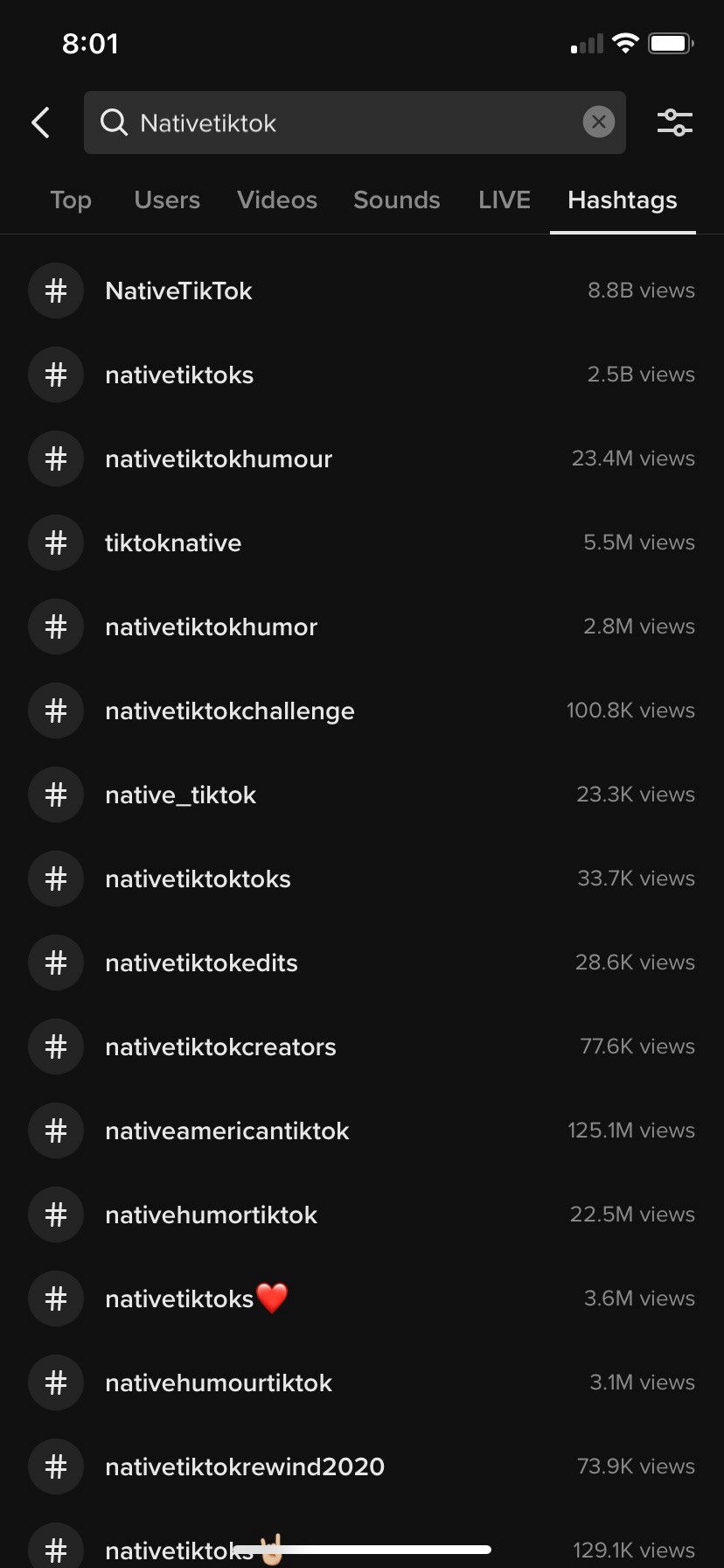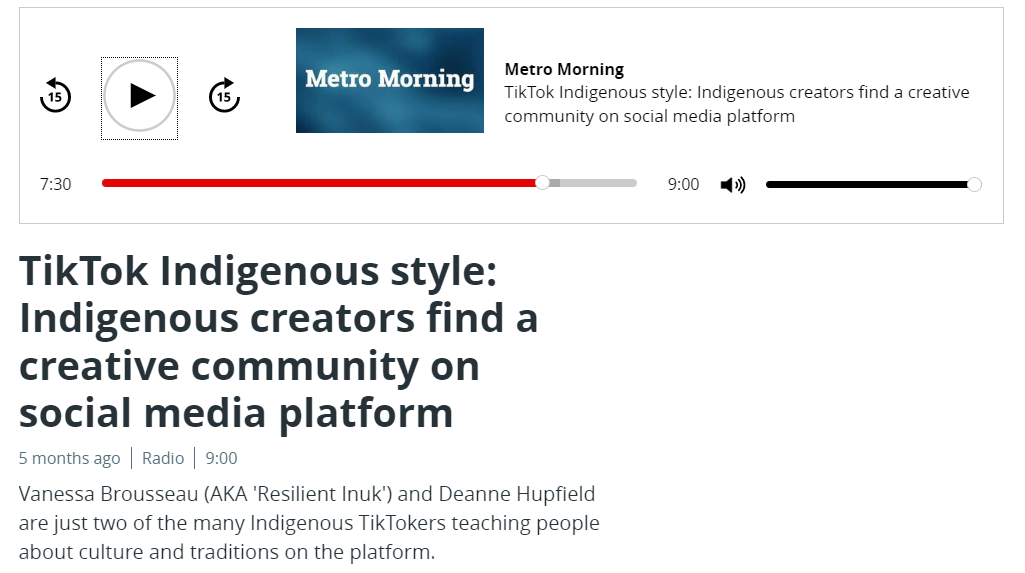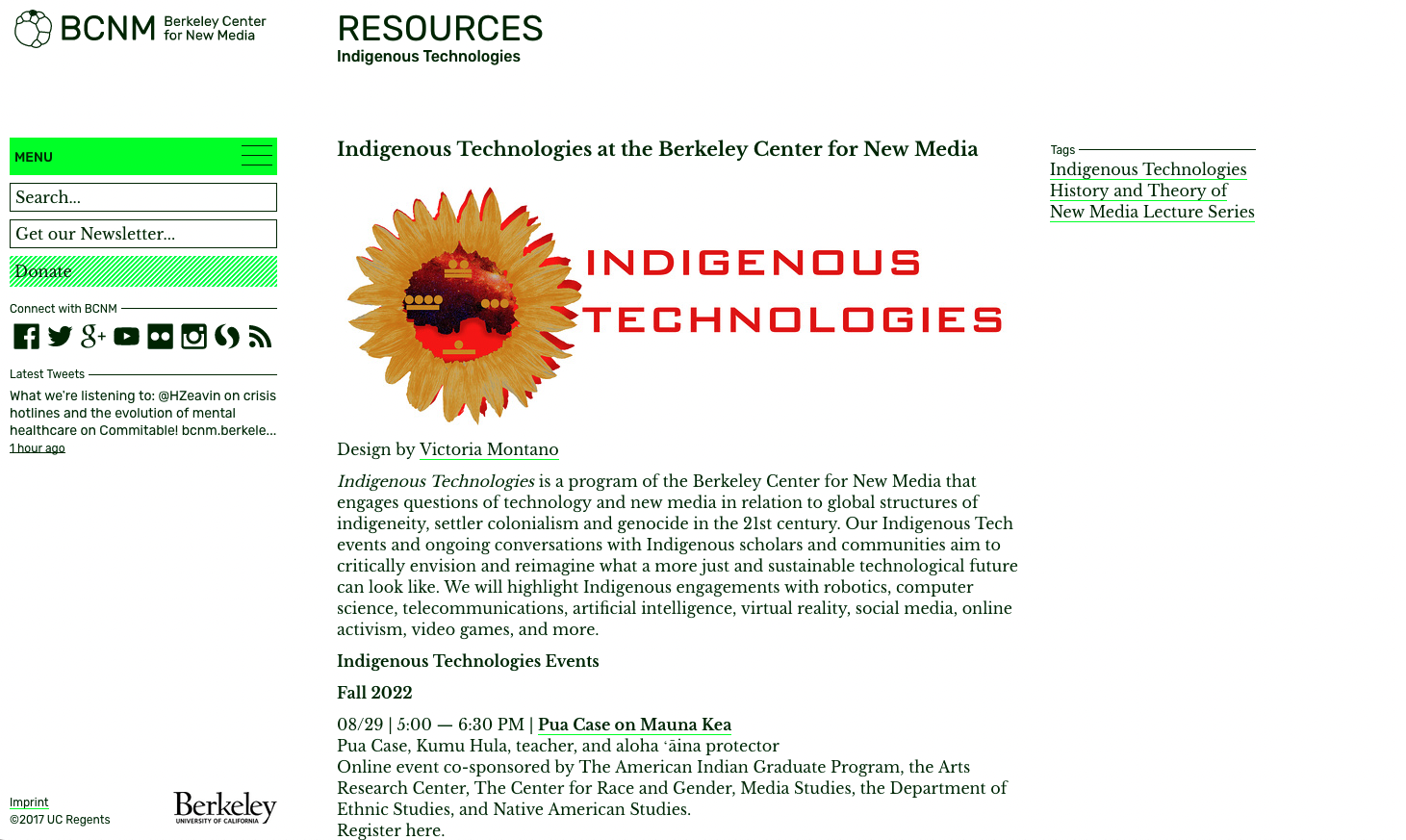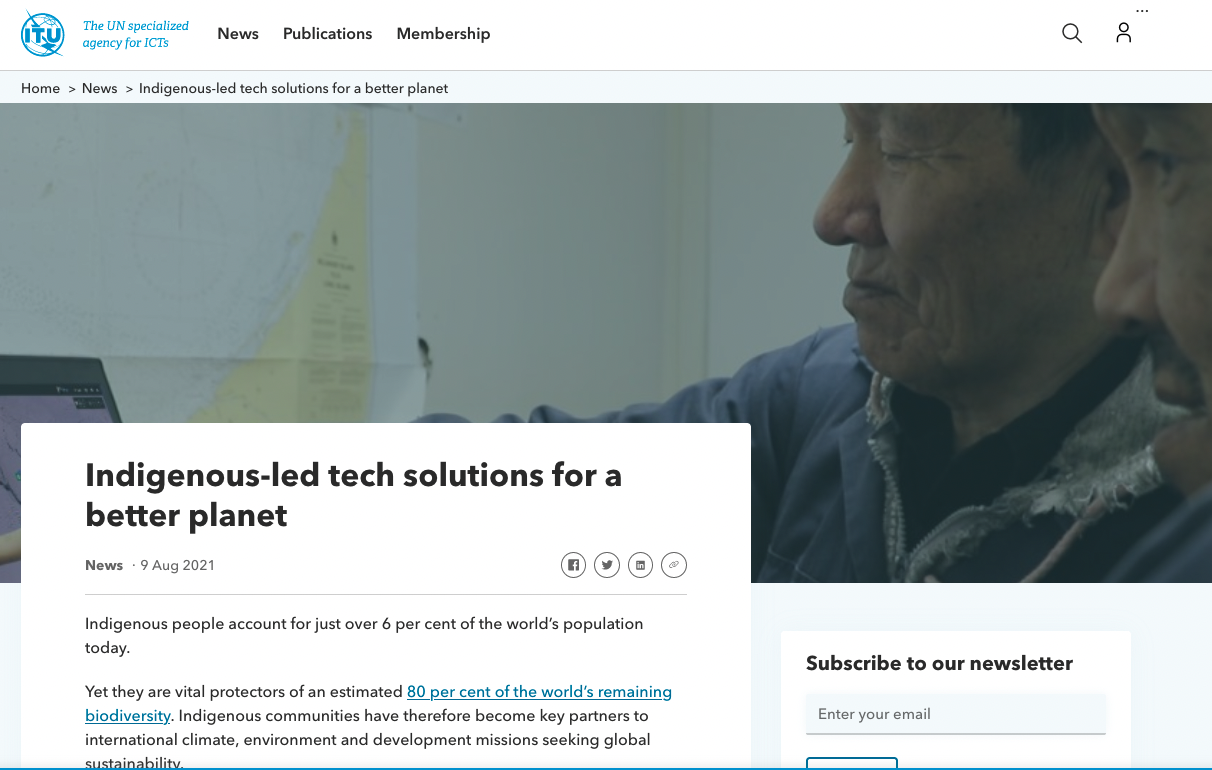The other question I was curious about answering, was how culturally compatible sharing content on social media is with their culture. What I often find in reference to this is how sometimes creating and sharing content allows Indigenous content creators to practice the art of storytelling and how they need to respect their elders as knowledge keepers, therefore not over share.
Storytelling, which is a common Indigenous practice used to teach and educate others, is used by many Indigenous content creators on their platforms. However, they have to strike a balance between sharing their identities and their cultures while still respecting their elders as knowledge keepers. Often, many content creators explain how they share parts of who they are, and parts of their culture, which they feel is safe and appropriate for them to share within these digital environments. They also discuss intentionally not sharing parts of their culture or traditional practices that are considered sacred. Here are some examples of Indigenous content creators discussing how they find ways to remain culturally compatible with their online activity.

The rest of the article along with TikTok’s from these Indigenous content creators can be found here.










 Another resource I wanted to call out for educators looking to decolonize their curriculum is the ‘
Another resource I wanted to call out for educators looking to decolonize their curriculum is the ‘